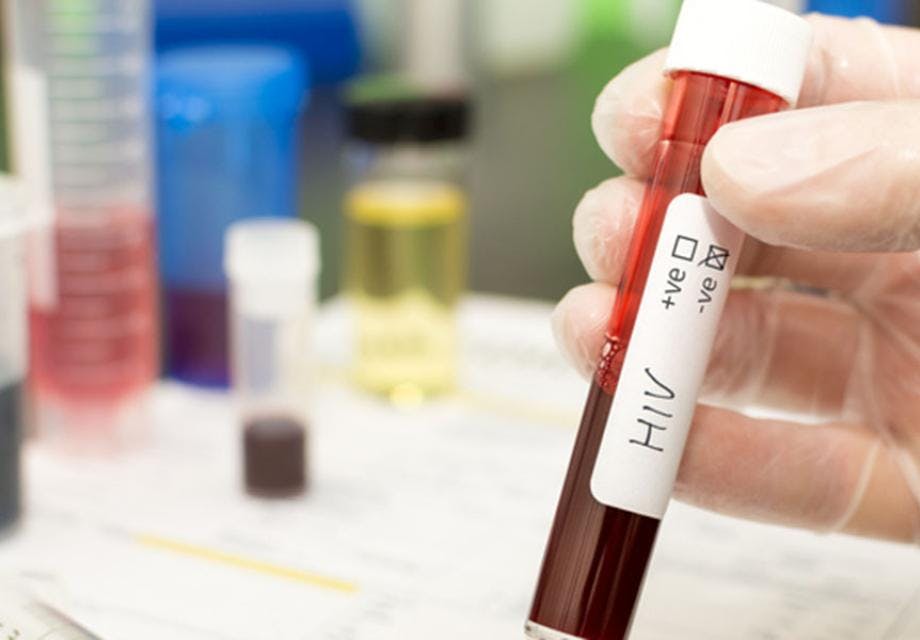HIV prevalence estimates take a significant step forward
Hester Phillips
24 January 2023
District-level data from 40 African countries reveal significant differences in HIV prevalence by age and sex
New analysis of district-level data from 43 African countries has revealed significant differences in HIV prevalence by sex and age. Findings could help ensure HIV services are better-targeted and more effective.
What is the research about?
The research looks at HIV prevalence in 43 sub-Saharan African countries, by district, age and sex.
Researchers analysed 91 HIV surveys plus data from antenatal care clinics collected between 2000 and 2018.
Why is this research important?
The more targeted services and interventions are, the more effective they are likely to be. But to design targeted support, more precise HIV data is needed. Age- and sex-specific HIV prevalence estimates are available at the national level, and increasingly the region-level too. But district-level HIV prevalence data by age and sex is less available.
What did they find out?
Researchers found big differences in HIV prevalence within districts by age and sex. These differences were hidden in previous national and regional analyses.
Location
HIV prevalence varied within a district by age and sex, particularly for middle and older age groups. For example, in 2018, Umgungundlovu in the Kwazulu Natal province, South Africa the maximum estimated HIV prevalence for all adults (ages 15–59) was 35%. But when this is broken down by age, HIV prevalence was even higher for females aged 35–39 in the same location (59%) – almost 1.7 times higher than the estimate for all adults. Highlighting the need to effectively target services at people in this demographic.
Differences between men and women
HIV prevalence was generally higher among women than men regardless of age or location. Umkhanyakude in KwaZulu-Natal, South Africa had the largest difference in HIV prevalence between women and men (HIV prevalence was 36% among women and 21% among men).
Variation between age groups
The age groups with the highest HIV prevalence across all districts was ages 35-54 for men and 30-49 for women. In 2018, men aged 45–49 tended to have the highest HIV prevalence across all male age groups in any district. For women, the age group was 40–44.
For men, half of all districts had at least a 14-fold difference between age groups with the highest and lowest HIV prevalence. For women, half of all districts had at least a 9-fold difference.
Changes over time
Between 2000 and 2018, 70% of all districts saw a reduction in HIV prevalence of 5% or more in at least one sex and age group. But 38% of all districts saw at least a 5% increase.
There were also differences between age groups. For example, for women aged 25–29, HIV prevalence dropped by at least 1% between 2000 and 2018 in 73% of districts, and only increased by this amount in 2.4%. But among women aged 50–54, HIV prevalence over the same period dropped by at least 1% in just 11.8% of districts but increased by the same amount in 40% of districts. This trend was similar across regions.
What does this mean for HIV services?
Being able to design more targeted interventions is a priority for governments and donors looking for ways to ensure HIV budgets have the most impact.
For example, the study identifies districts where a large number of people with HIV aged 50–59 live, and where there are rapid increases in HIV prevalence among this age group. Designing HIV treatment plans specifically for this age group in these areas is likely to be an effective strategy. By comparison, the findings suggest that HIV prevention should be the priority for adolescents and young adults.
Targeting would be even more effective if data was also collected on other characteristics, such as whether people are from groups most at risk of HIV (for example, if they are a sex worker or if they are transgender).
But data alone cannot provide all the answers. After identifying which groups are most in need of HIV services, working with representatives from these groups to find out how best to provide HIV services in ways they trust and which fit into their lives is the key to ensuring interventions actually work.
Get our news and blogs by email
Keep up-to-date with all our latest news stories and blogs by signing up to the Be in the KNOW news digest.
